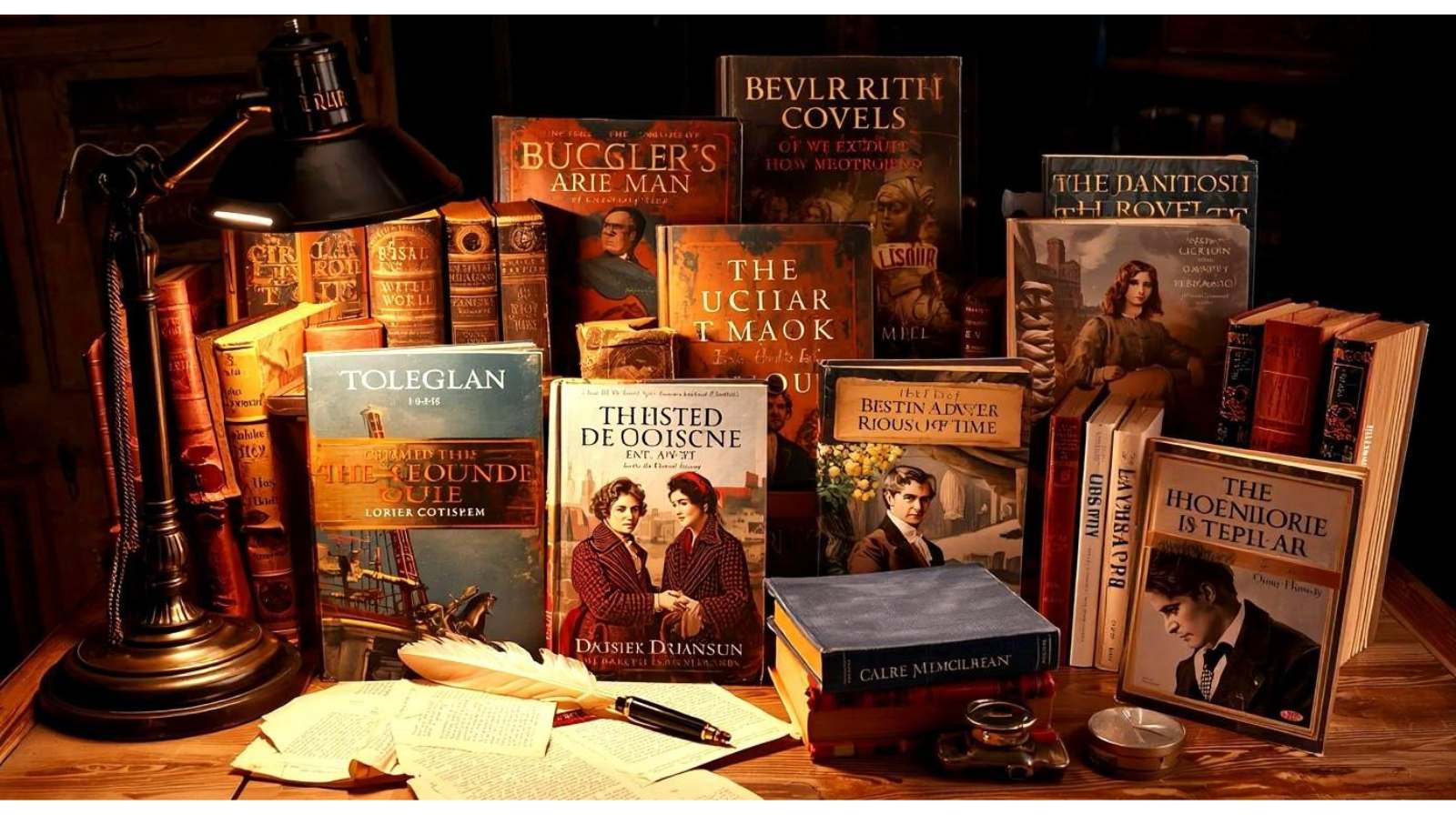English literature has produced some of the most enduring and influential novels in history—stories that have shaped generations, sparked movements, and defined entire genres. From the haunting dystopia of 1984 to the romantic wit of Pride and Prejudice, these novels continue to resonate with readers across time and culture. Whether you're drawn to the psychological depth of Jane Eyre, the social critique of To Kill a Mockingbird, or the lyrical beauty of The Great Gatsby, each book on this list offers a unique lens into the human experience. These novels aren’t just entertaining—they’re foundational texts that have inspired countless adaptations, academic studies, and cultural conversations.
This curated collection of the best English novels of all time spans centuries and styles, showcasing the brilliance of authors like George Orwell, Virginia Woolf, Charles Dickens, and Toni Morrison. We've included timeless classics, modern literary triumphs, and genre-defining works that continue to shape how stories are told. Whether you're building your reading list, revisiting old favorites, or discovering new literary gems, this guide is your gateway to the most essential novels ever written in the English language. Dive into unforgettable narratives, iconic characters, and the powerful themes that make these books more than just stories—they're part of our shared cultural heritage.
